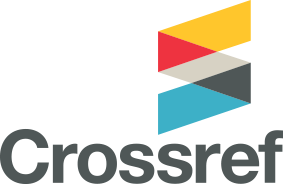Gasoline, Ethanol and Methanol (GEM) Ternary Blends utilization as an Alternative to Conventional Iraqi Gasoline to Suppress Emitted Sulfur and Lead Components to Environment
Keywords:
Ternary blends, GEM, performance, emissions, higher useful compression ratioAbstract
Iraqi conventional gasoline characterized by its low octane number not exceed 82 and high lead and sulfur content. In this paper tri-component or ternary, blends of gasoline, ethanol, and methanol presented as an alternative fuel for Iraqi conventional gasoline. The study conducted by using GEM blend that equals E85 blend in octane rating. The used GEM selected from Turner, 2010 collection. G37 E20 M43 (37% gasoline + 20% ethanol+ 43% methanol) was chosen as GEM in present study. This blend used in multi-cylinder Mercedes engine, and the engine performance, and emitted emissions compared with that produced by a gasoline engine.
The results show that this blend can formulate with available Iraqi produced materials. GEM ternary blend offers significant advantages in terms of engine performance compared to gasoline. Also, GEM higher useful compression ratio (HUCR) = 9.25 while gasoline HUCR=7.5. The increment in engine bp was 24.12%, BSFC reduced by 13.9% and brake thermal efficiency increased by 19.59%. The volumetric efficiency increased by 8.06%. Also, CO, HC concentrations were reduced by 30.5%, 25.16% respectively. Smoke opacity reduced by 46.49% and CO2 concentrations reduced by 5% as well as NOx concentrations that reduced by 1.75%.
Downloads
Downloads
Published
Issue
Section
License
Copyright: Open Access authors retain the copyrights of their papers, and all open access articles are distributed under the terms of the Creative Commons Attribution License, which permits unrestricted use, distribution, and reproduction in any medium, provided that the original work is properly cited. The use of general descriptive names, trade names, trademarks, and so forth in this publication, even if not specifically identified, does not imply that these names are not protected by the relevant laws and regulations. While the advice and information in this journal are believed to be true and accurate on the date of its going to press, neither the authors, the editors, nor the publisher can accept any legal responsibility for any errors or omissions that may be made. The publisher makes no warranty, express or implied, with respect to the material contained herein.











